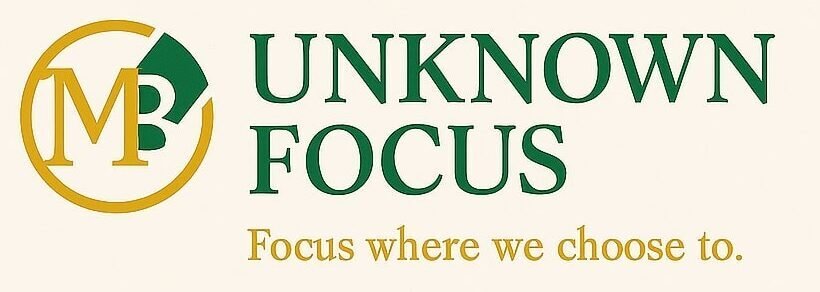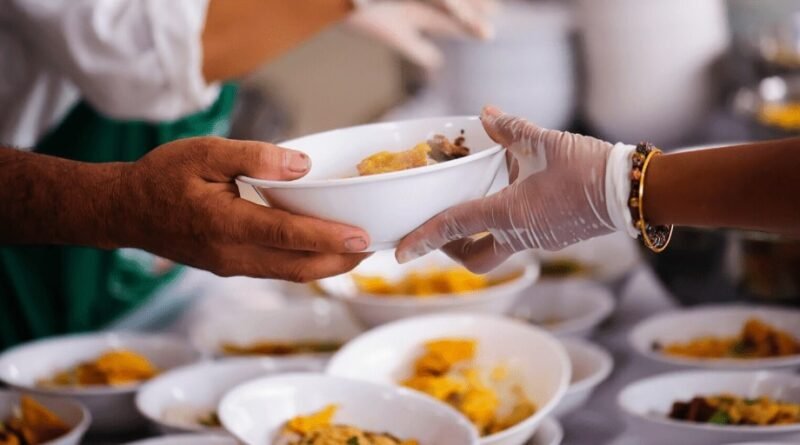Examining the Link Between Food Insecurity and Long COVID
“The right to food is a universal human right. Everyone has the right to be free from hunger and to have an adequate standard of living, including food.” Food and Agriculture Organization of the United Nations
Food insecurity occurs when a person or household lacks reliable access to the safe, nutritious food needed for a healthy life. For example, some households are forced to choose between paying bills and buying food. In the United States, this affects roughly one in seven households, an estimated 47.4 million Americans. The COVID-19 pandemic has worsened food insecurity in multiple ways. Perhaps most importantly, it led to widespread job losses, which directly increased the risk of food insecurity. During the pandemic, 9.6 million American workers lost their jobs due to COVID-19-related layoffs. Additionally, a study published earlier this year found that around 24 million working-age adults with long-term COVID-19 remain at risk for negative socioeconomic and mental health outcomes.
A new study titled “Long COVID and Food Insecurity among US Adults, 2022-2023,” published in early September, addressed this topic.
The main question the researchers sought to answer was: Is food insecurity associated with increased risk of long COVID (i.e., post–COVID-19 condition) and lower odds of recovery among US adults with prior COVID-19 infection?
Jaya Aysola, MD, MPH, the corresponding author, and John C. Lin, BS, the first author, both from the Penn Medicine Center for Health Equity Advancement, answered questions for Unknown Focus.
According to the study, they included 21,631 adults (19,824 food secure and 1,807 food insecure), and this study population was nationally representative of approximately 205 million adults after weighting. These individuals were aged 18 and older from the NHIS sample, had ever had COVID-19, and provided information about their food situation. Respondents with missing information on long COVID, food insecurity, or vaccination status were excluded to ensure reliable results.
The study started by assessing two binary (yes/no) outcomes: current long COVID status and history of long COVID with recovery. Food insecurity was measured using a validated 10-item scale. As explained, the NHIS questionnaire measured food insecurity using the NCHS-validated 10-item food insecurity scale, with scores of 0 to 2 indicating high or marginal food security and scores of 3 to 10 indicating low or very low food security. Additional factors such as age, sex, race/ethnicity, income, education, health status, chronic conditions, vaccination status, and participation in SNAP were also considered.
“To our knowledge, no prior work has examined the association of food insecurity with long COVID.” Why did it take so long? This is an important topic that can be examined from multiple perspectives.
John C. Lin: Long COVID itself is still a relatively new condition, and for the first few years of the pandemic, most of the research and resources went toward understanding acute infection, hospitalizations, and vaccines. Now that we have these larger datasets and a clearer definition of long COVID, it’s possible to ask these deeper questions. Our study is really part of that next wave of research that moves beyond crisis response and toward understanding the structural factors that shape recovery.
Jaya Aysola: I think there are many unanswered questions when it comes to Long COVID and what predisposes some individuals to develop it. Our study suggests a link between food insecurity and Long COVID and highlights several areas for additional inquiry.
“Food insecurity was associated with a 78% higher chance of having current long COVID and a 34% lower chance of recovering from it.”
They found that experiencing food insecurity was associated with an increased likelihood of developing current long-term COVID, but participation in SNAP (the largest government-funded food assistance program in the United States) moderated the association of food insecurity with long-term COVID. The findings suggest that for adults who had long-term COVID, food insecurity was associated with a reduced likelihood of recovery from long-term COVID symptoms. Financial insecurity leads people to delay or avoid medical care and further reduces consumption of essential nutrients.
Since food insecurity existed before the pandemic, how might it have influenced outcomes during COVID-19? Furthermore, since food insecurity persists even today, after the pandemic, the question arises: is it sufficiently understood that food insecurity does not only mean a lack of food, but also an inadequate intake of essential nutrients? I wonder whether enough attention is being paid to maintaining health through nutrition, given that what we neglect today may, in a few years, become a heavy burden not only for individuals but also for the healthcare system as a whole.
John C. Lin: People who were already food insecure often had higher rates of chronic illness, which likely made them more vulnerable to severe disease and potentially to long COVID as well. During the pandemic, job loss, supply chain disruptions, and school closures only deepened those challenges. And you’re right—food insecurity is not just about having enough to eat, it’s about having access to the right kinds of foods. Diets that are limited in quality can undermine immune function, recovery, and overall resilience. While awareness has grown, most of our policy responses are still focused on short-term access rather than on nutritional adequacy, which is what ultimately protects health in the long run.
Jaya Aysola: I agree with this completely. The face of food insecurity in the US is not a lack of high-calorie food, but rather a lack of nutrient-dense food. The kind of food, we hypothesize based on prior understanding and evidence, promotes health.
Food insecurity needs to be considered from several perspectives, as it also affects mental health. Families who faced it during the pandemic were additionally exposed to stress and multiple forms of insecurity. This study is an important indicator of what needs to be done and the direction we should take toward a healthier nation. What changes would you like to see, and what support do you need to make them happen?
John C. Lin: The stress of not knowing if you’ll have enough food, especially when caring for children, takes a serious toll on mental health. Families during the pandemic faced multiple forms of insecurity at once, and food was central among them. Our study shows that addressing food insecurity has broad benefits, not just for physical health but for mental and emotional well-being. What I’d like to see is a shift from temporary fixes to more structural solutions—stronger nutrition assistance programs, routine screening for food insecurity in healthcare, and policies that make healthy foods affordable and accessible in all communities. To make that happen, we need collaboration across healthcare, public health, and policy, along with sustained investment so this doesn’t fade once the immediate crisis feels over.
Jaya Aysola: We need a series of practice and policy-based changes to address this challenge. Physicians must routinely screen for food insecurity and leverage practice-based and local community resources to address positive screens. In addition, physicians must work with their national societies to advocate for policies that support the expansion of state and federal assistance for food insecurity.
Food insecurity remains a critical public health issue, affecting millions even before the COVID-19 pandemic. The pandemic has further exacerbated these challenges, and experts stress that the problem is not merely access to calories but access to nutritious foods that support immune function, recovery, and overall resilience. This underscores the need for systemic interventions and policies that make healthy foods both affordable and accessible.
It is crucial to remember that the right to food is a fundamental human right, essential for health, dignity, and the well-being of all.
Image: Combat Food Insecurity


